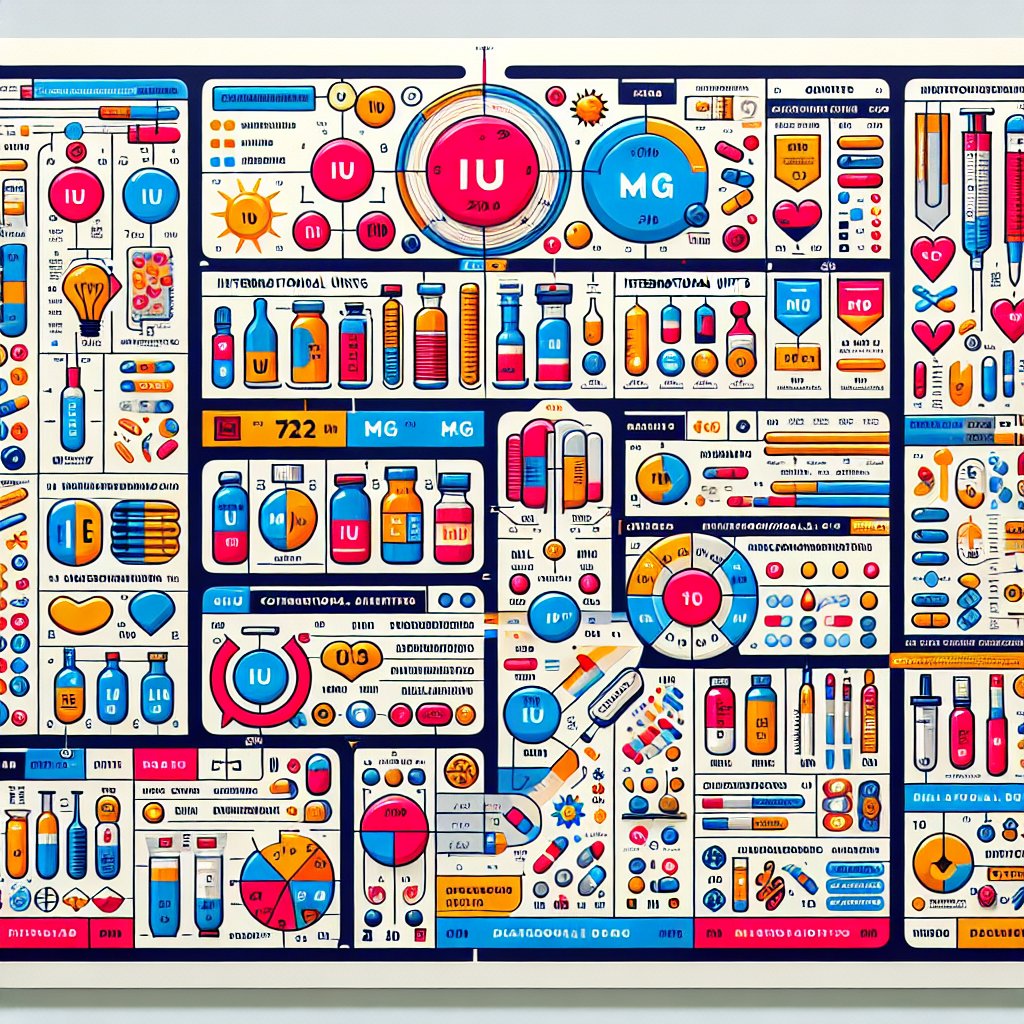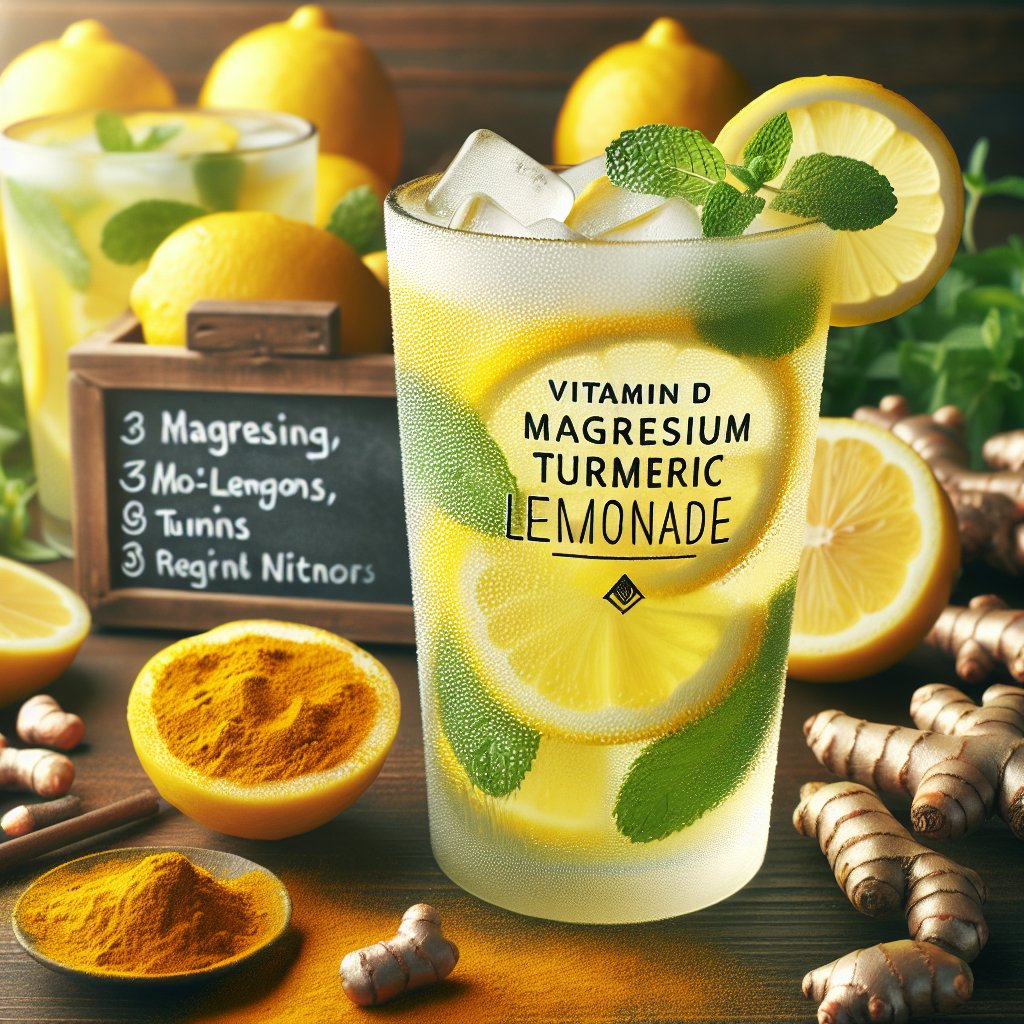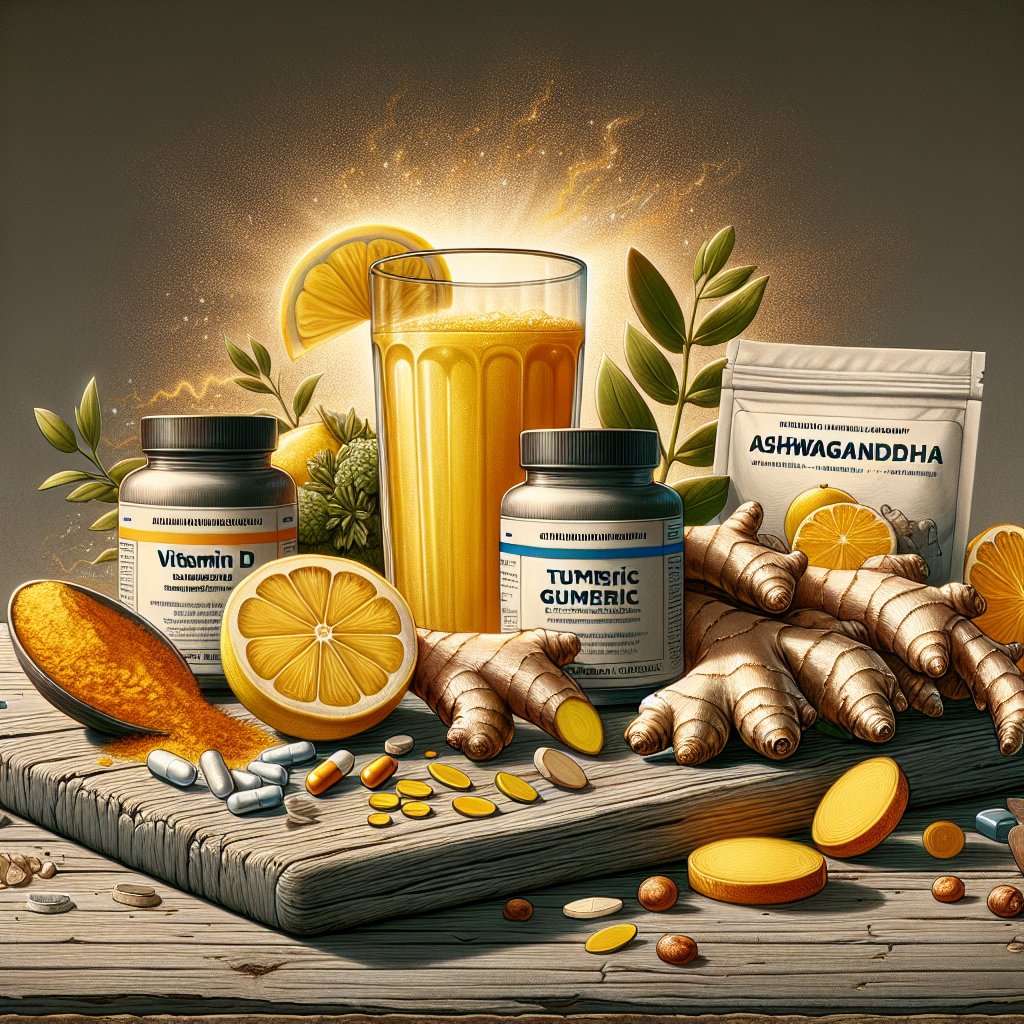IU to mg Conversion: Unlocking the Vital Link Between International Units and Milligrams in Healthcare and Nutrition!
Understanding IU to mg Conversion: A Vital Link in Healthcare and Nutrition
Welcome to our in-depth exploration of IU to mg conversion and its crucial role in healthcare and nutrition. Whether you’re navigating nutritional labels or discussing medication doses with your healthcare provider, understanding the relationship between International Units (IU) and milligrams (mg) is essential. This conversion is not only pertinent to the effectiveness of supplements and medications but also to overall well-being. Let’s delve into the significance and common uses of IU to mg conversion in the realms of healthcare and nutrition.

Understanding IU (International Units)
When you see the abbreviation IU on your vitamin or supplement label, it stands for International Unit. IU is used to measure several substances, including vitamins, hormones, enzymes, and other biological compounds. It’s a standardized unit of measurement that enables comparison across different forms of a particular nutrient. For instance, Vitamin D supplements can be measured in IU to ensure consistency. Understanding IU is significant because it helps consumers and healthcare professionals accurately determine the potency and dosage of various vitamins and substances.
Understanding mg (Milligrams)
Let’s start by breaking down the concept of milligrams (mg) and its crucial role in pharmaceuticals and nutrition. In simple terms, a milligram is a unit of mass or weight which is equivalent to one thousandth of a gram. When it comes to healthcare and nutrition, milligrams are used to measure the potency and dosage of vitamins, minerals, and medications. It’s essential to understand the conversion from International Units (IU) to milligrams, as it plays a vital role in ensuring accurate and safe consumption of supplements and medicines.
Conversion Factors: Understanding IU to mg
When it comes to understanding IU to mg conversion, it’s essential to grasp the conversion factors used for different substances. The conversion of International Units (IU) to milligrams (mg) varies depending on the specific substance due to differences in potency and molecular weight.
Vitamin A and D
For Vitamin A, 1 IU is equivalent to 0.3 mcg retinol, which is approximately 0.0003 mg. For Vitamin D, 1 IU is equal to 0.025 mcg cholecalciferol or ergocalciferol, corresponding to about 0.000025 mg.
Vitamin E
When it comes to Vitamin E, 1 IU is equivalent to 0.67 mg of d-alpha-tocopherol or 0.9 mg of dl-alpha-tocopherol acetate.
Vitamin C
While Vitamin C does not use IU for labeling, it’s worth noting that 1 mg of ascorbic acid is more or less equivalent to 1 IU of activity.
Understanding these conversion factors is crucial for accurately supplementing and meeting our nutritional needs, ensuring we’re getting the right amount of these vital substances in our diet.
IU to mg Conversion for Specific Nutrients
So, you’ve seen those confusing “IU” measurements on your supplement bottles and wondered what it means in milligrams. Don’t worry, I’ve got you covered! Converting International Units (IU) to milligrams (mg) can seem like a complicated task, but it’s actually quite straightforward when you have the right guidelines.
Let’s start with Vitamin D, which is crucial for bone health and immune function. The conversion factor for Vitamin D is 1 IU = 0.025 mcg. For Vitamin E, an essential antioxidant, 1 IU is equal to 0.67 mg. Lastly, for Vitamin A, important for vision and immune function, 1 IU is equivalent to 0.3 mcg. Understanding these conversions can help you ensure you’re meeting your nutritional needs accurately.
Now, with these simple conversions, you can confidently decode the IU measurements on your supplements and make informed choices for your health and well-being.
Importance of Accurate Conversion
When it comes to medication dosage and nutritional intake, precise conversion from International Units (IU) to milligrams (mg) is of paramount importance. Many essential vitamins and minerals, such as Vitamin D, Vitamin E, and Vitamin A, are commonly measured in IU, while medications containing these nutrients are often dosed in milligrams. The accurate conversion between IU and mg ensures that individuals receive the intended therapeutic benefits without the risk of under- or over-dosing.
For example, Vitamin D is often recommended in IU for supplements, but when it comes to prescription medications, it’s typically in micrograms or milligrams. Without the correct conversion, individuals could unintentionally take the wrong dosage, impacting the effectiveness of the treatment. In nutritional science and healthcare, precision is key, and understanding the conversion from IU to mg is vital for ensuring the safety and efficacy of medication and supplementation.
Research has shown that improper dosage due to inaccurate IU to mg conversion can lead to adverse health effects, emphasizing the significance of getting the conversion right.
Tools for Conversion
If you’re looking to easily convert IU to mg for your dietary or healthcare needs, there are reliable tools available to help you with this crucial conversion. One such tool is the IU to mg Converter, an online calculator designed specifically for this purpose. It provides a simple and accurate way to convert between IU and mg for various vitamins and medications.
Additionally, the USDA National Nutrient Database is a valuable resource for obtaining conversion factors for specific nutrients, allowing you to make precise IU to mg calculations for various food items.
By utilizing these tools, you can seamlessly navigate the conversion process and gain a deeper understanding of the essential link between International Units and milligrams in healthcare and nutrition.
Recap: IU to mg Conversion for Better Understanding and Application
Throughout this article, we’ve delved into the vital link between International Units (IU) and milligrams (mg) in healthcare and nutrition. Understanding IU to mg conversion is crucial for making informed decisions about supplementation and medication. We’ve explored how to convert IU to mg for various nutrients and medications, such as vitamin D, vitamin E, and more. By gaining a deeper insight into this conversion, you can confidently navigate the world of healthcare and nutrition, ensuring you meet your body’s specific needs.


